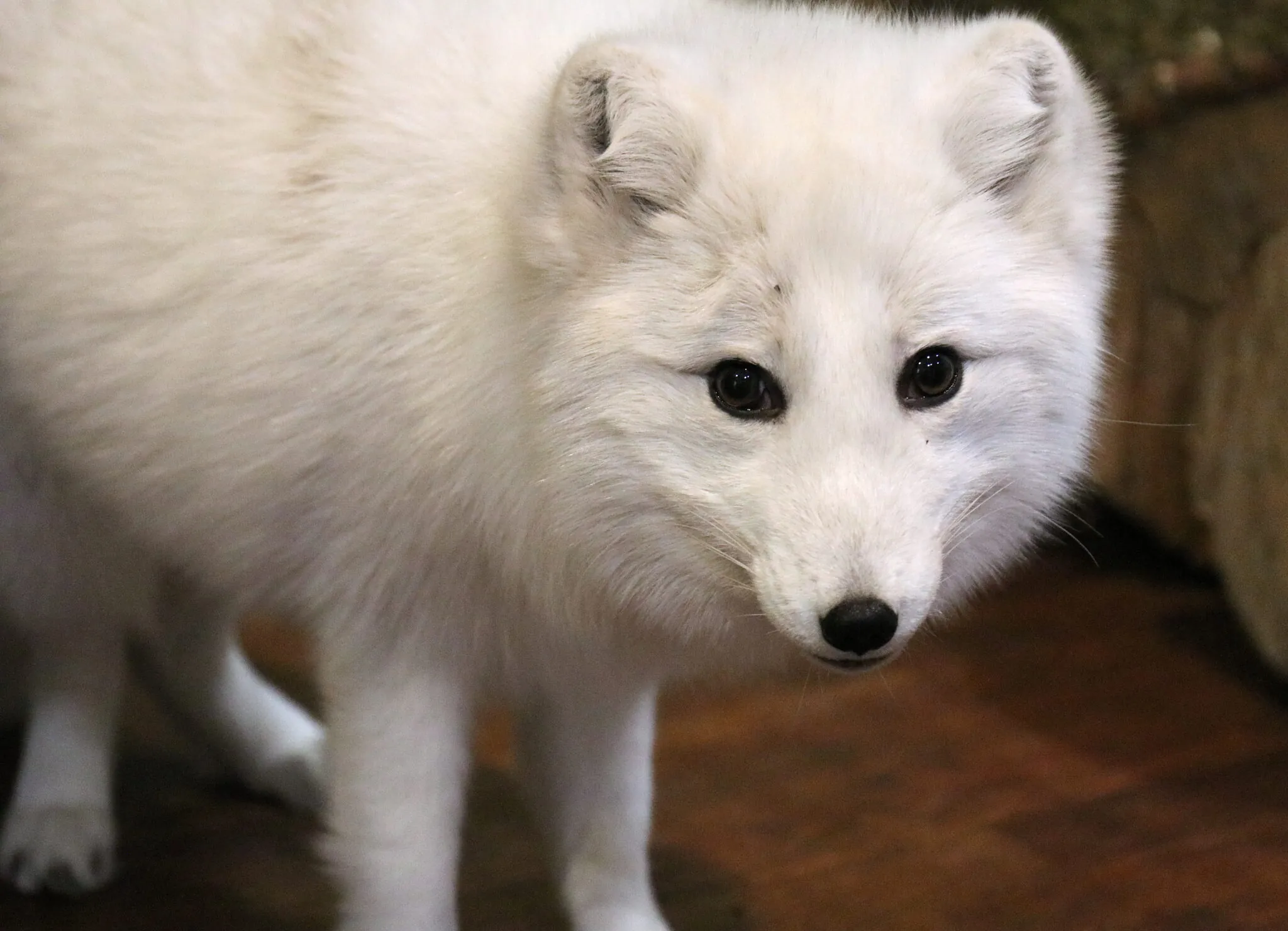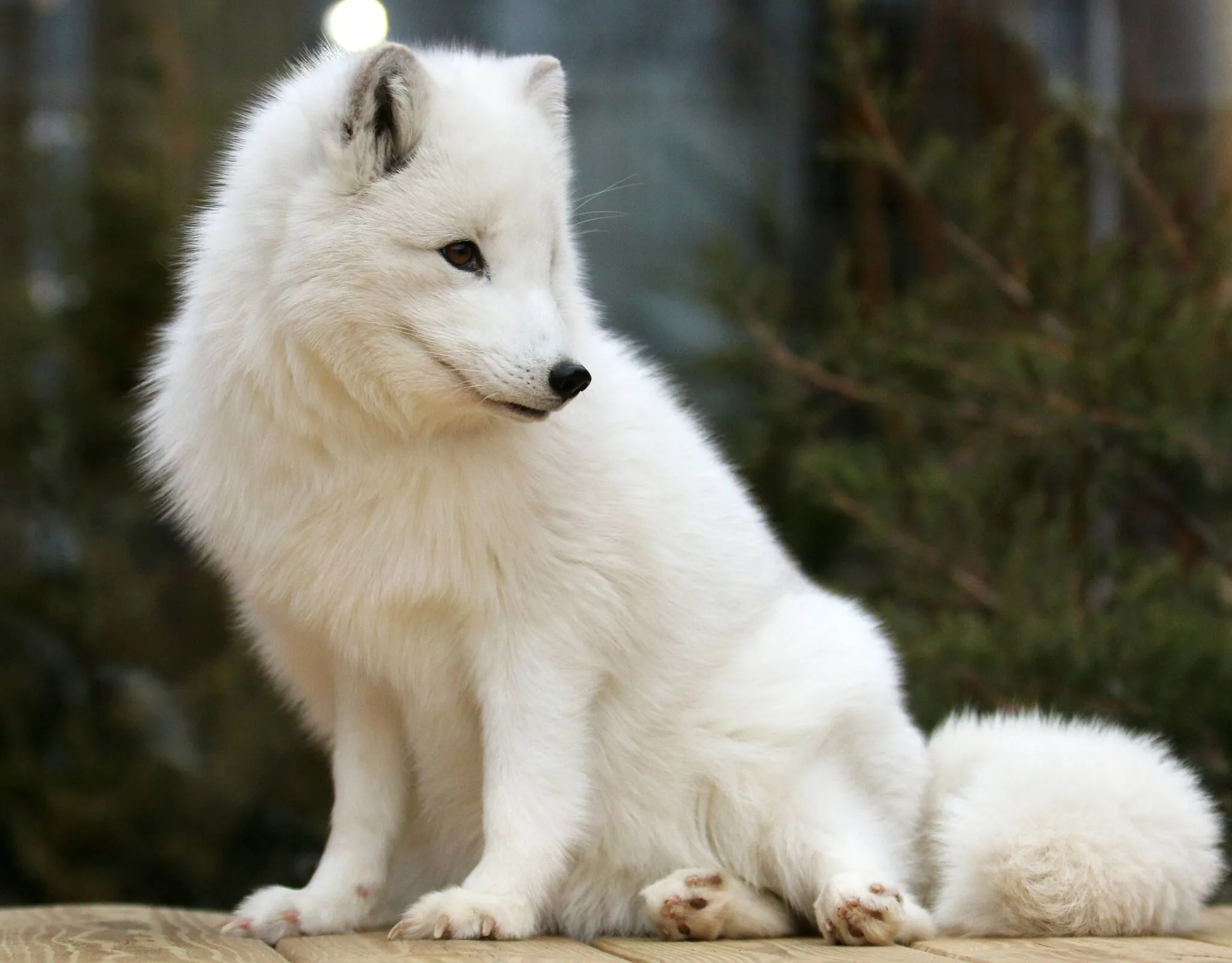-
Menu
- Plan Your Visit
- Meet The Animals
- Check Out Events
- Memberships
- About The Zoo
- Support the Zoo
- Conservation
- Education
- Groups & Private Events
- Zoo News
- Contact
- Indianapolis Prize
- Global Center for Species Survival
- Schedule
- Donate
- Membership
- Tickets

- Plan Your Visit
- Meet The Animals
- Check Out Events
- Memberships
- About The Zoo
- Support the Zoo
- Conservation
- Education
- Groups & Private Events
- Zoo News
- Contact
- Indianapolis Prize
- Global Center for Species Survival

Arctic Fox
Vulpes lagopus
About
With thick, snowy-white fur and a big bushy tail, the arctic fox is perfectly adapted for life in colder climates. Blending into the snowy climate they live in gives Arctic foxes a stealthy advantage, and they are excellent hunters. But did you know that’s just their wintertime look? To help them stay cool when the weather thaws a bit, these foxes sport a shorter, grey coat in the summer months.
Arctic foxes use the same underground dens for generations. A warm burrow is a great place to stay out of the cold, store food and raise young when not out hunting. Small groups foxes and their young live and hunt together—and what a lot of young there are! Females may give birth to just a few pups, or as many as 25 at a time! Arctic foxes grow quickly with care from both parents. They nurse from their mothers for about a month and are adults before their first year has passed.

Conservation
Arctic foxes were once hunted widely for their fur, but their populations are stable today. They face new threats from introduced species and habitat loss from climate change. To help combat climate change, the Indianapolis Zoo participates in AES’s Green Power Offset Program. Indianapolis residents also can help offset carbon that they’re burning in fossil fuels through this program.

Sponsor an Arctic Fox
The Animal Amigo program helps care for all of the animals at the Zoo by funding food, medical treatment, equipment, enrichment toys, and habitat improvement for the animals in our care.
WHERE ARE THEY AT THE ZOO?

